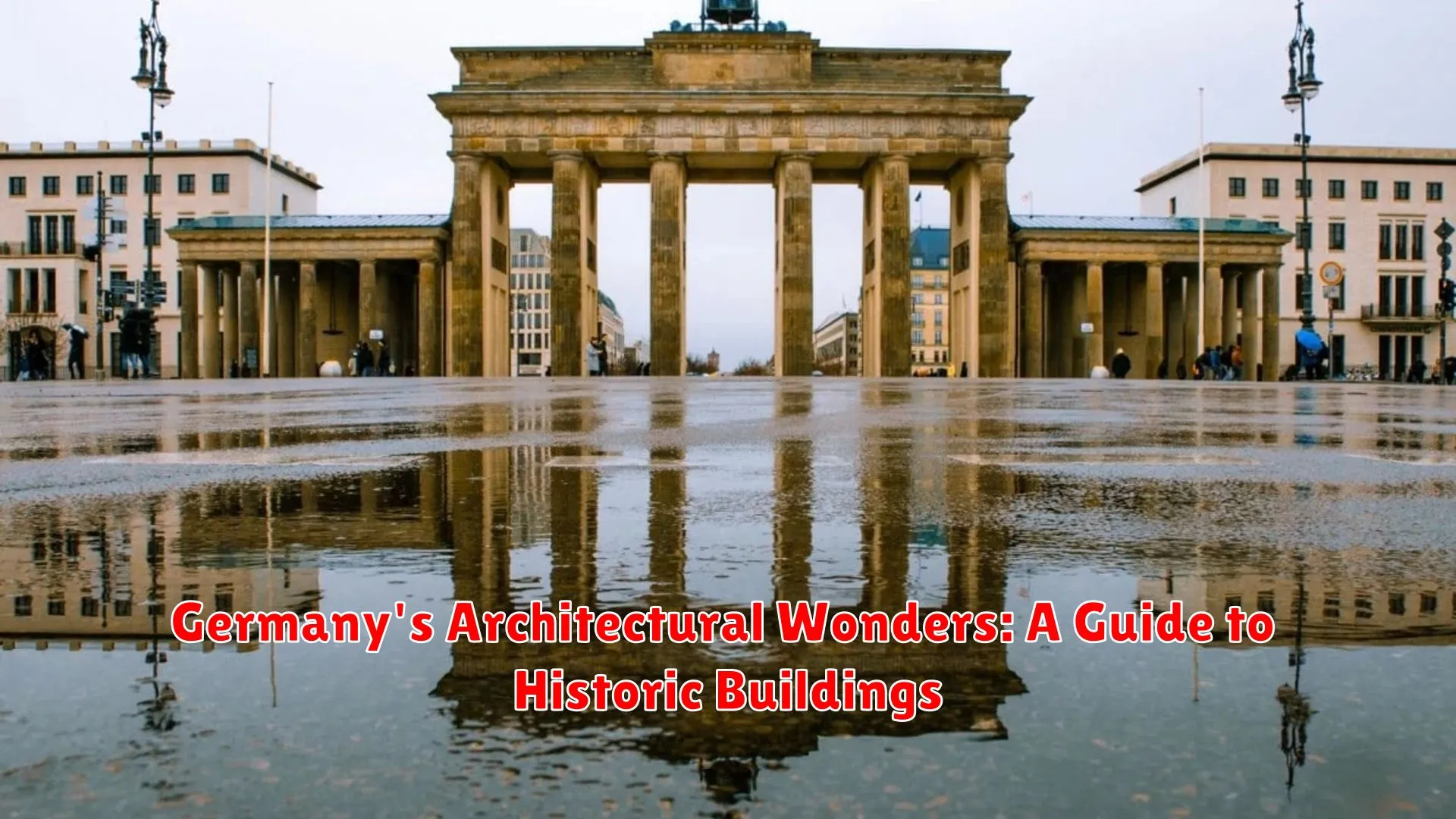Explore the rich history and beauty of Germany through its iconic architectural wonders. From the towering Cologne Cathedral to the majestic Neuschwanstein Castle, this guide will take you on a journey through the country’s historic buildings.
Gothic Cathedrals and Castles
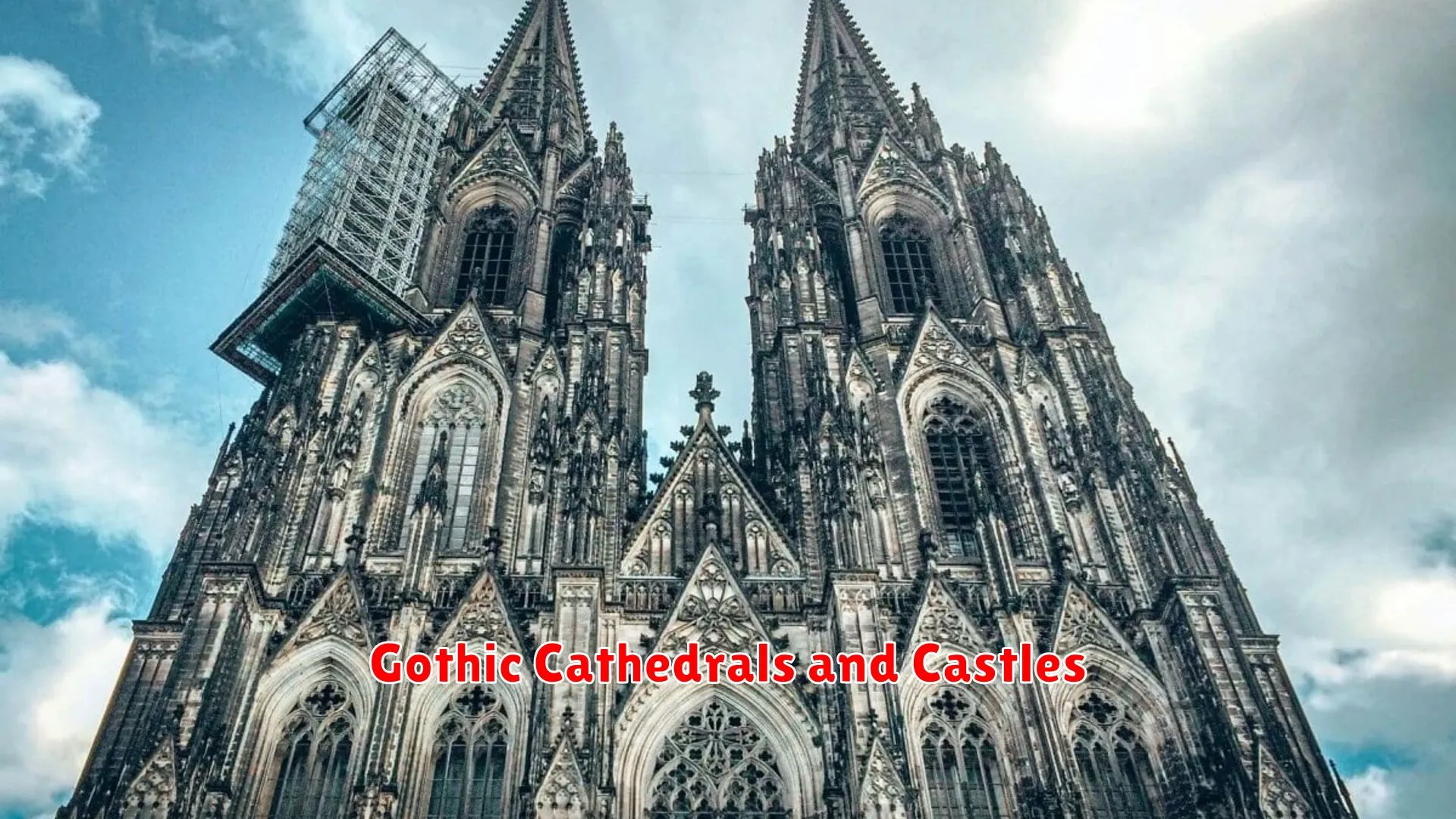
Germany is renowned for its rich architectural heritage, boasting a plethora of Gothic cathedrals and castles that are not only breathtaking but also steeped in history. The country’s Gothic architecture, characterized by soaring spires, intricate stone carvings, and pointed arches, reflects a time of artistic and engineering marvels.
Gothic Cathedrals: One of the most iconic Gothic cathedrals in Germany is the Cologne Cathedral, a UNESCO World Heritage Site. Its awe-inspiring facade and intricate stained glass windows attract millions of visitors yearly. Another must-visit cathedral is the Ulm Minster, known for having the tallest church steeple in the world.
Gothic Castles: Germany is dotted with majestic Gothic castles that transport visitors back to the medieval era. The Neuschwanstein Castle, nestled in the Bavarian Alps, is a fairytale-like fortress that inspired Disney’s Cinderella Castle. The Wartburg Castle, associated with Martin Luther, is a testament to Gothic architectural prowess.
Exploring Germany’s Gothic cathedrals and castles provides a fascinating glimpse into the country’s past, where craftsmanship and artistry converged to create enduring architectural wonders.
Modernist Masterpieces
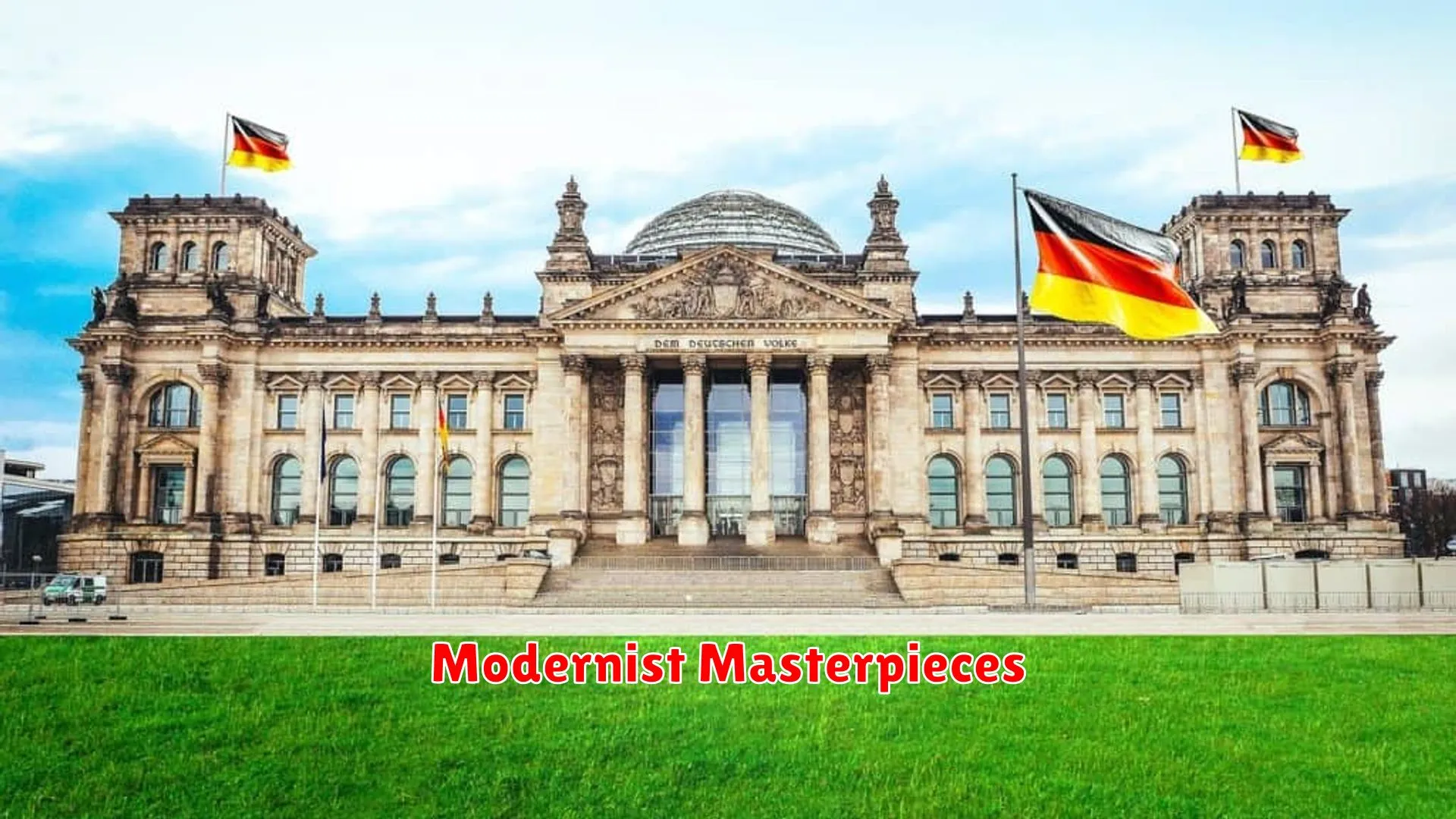
In the realm of architectural wonders in Germany, Modernist Masterpieces stand out as iconic representations of innovation and design excellence. These buildings, characterized by their clean lines, geometric shapes, and use of modern materials, are a testament to the avant-garde spirit of the early 20th century.
One of the notable Modernist Masterpieces in Germany is the Bauhaus Building in Dessau. Designed by Walter Gropius, this structure exemplifies the principles of Bauhaus architecture, blending functionality with artistic expression seamlessly. Its emphasis on simplicity and functionality has influenced architects worldwide.
Another prominent Modernist gem is the Fagus Factory in Alfeld, a creation of Walter Gropius and Adolf Meyer. This pioneering factory design features a glass curtain wall, a groundbreaking innovation at the time, and has been deemed a UNESCO World Heritage Site for its architectural significance.
Exploring the Modernist Masterpieces in Germany offers a glimpse into a transformative period in architectural history, where futuristic visions collided with traditional craftsmanship, leaving behind a legacy of timeless design and creative daring.
Preserved Medieval Towns
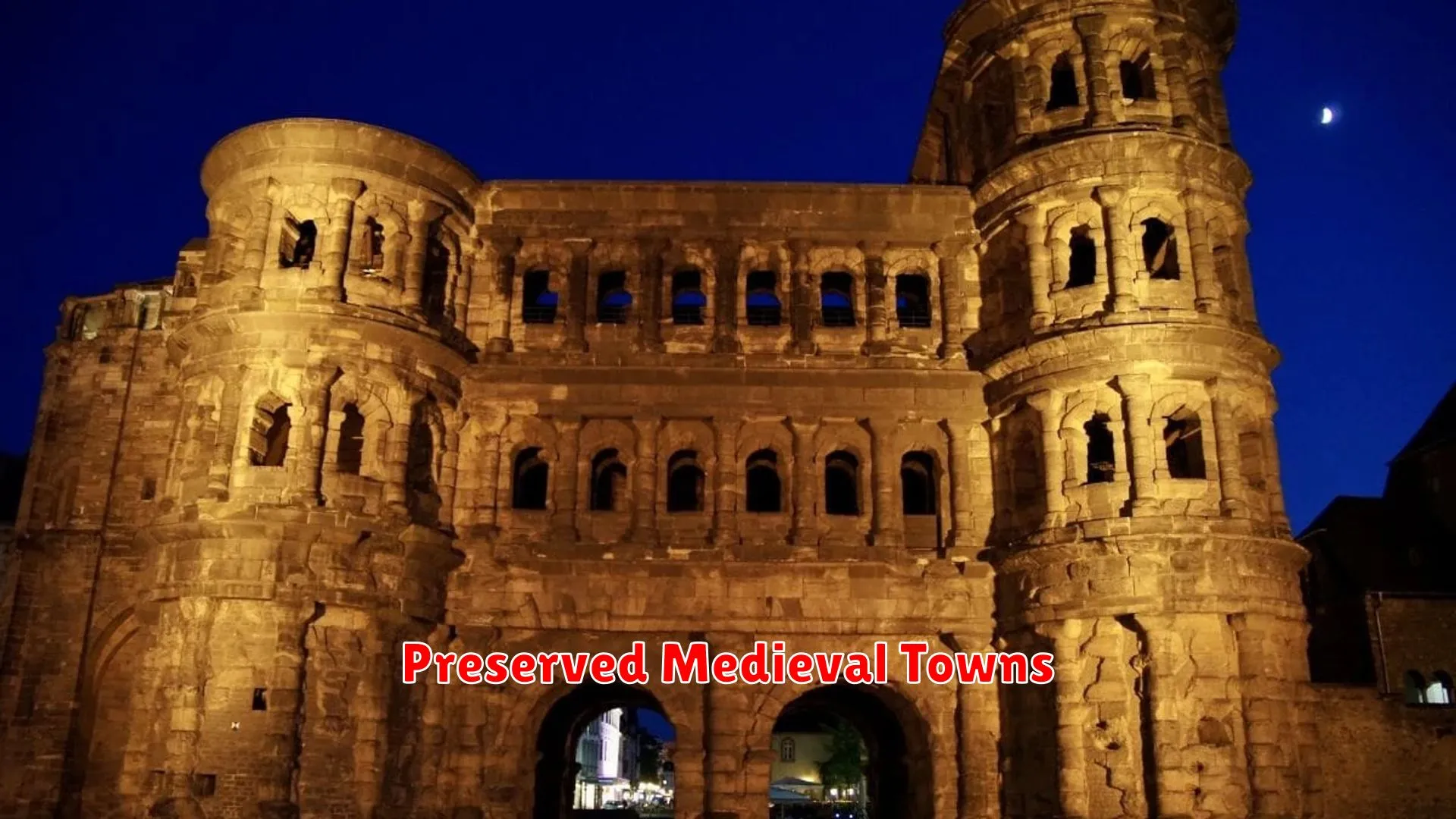
In Germany, visitors can explore preserved medieval towns that provide a glimpse into the country’s rich history and architectural heritage. These towns are filled with charming buildings, narrow cobblestone streets, and historic landmarks, creating a truly immersive experience for travelers seeking a touch of the past.
Rothenburg ob der Tauber
One of the most famous medieval towns in Germany is Rothenburg ob der Tauber. Walking through its well-preserved walls and towers feels like stepping back in time. Visitors can wander the picturesque streets, visit the stunning St. Jakob’s Church, and admire the iconic half-timbered houses that line the lanes.
Quedlinburg
Located in the Harz Mountains, Quedlinburg is another medieval gem that enchants visitors with its well-preserved old town. The Historic Old Town of Quedlinburg is a UNESCO World Heritage Site, boasting over 1,300 half-timbered houses that date back to the Middle Ages.
Rothenburg and Quedlinburg: A Must-Visit
For history buffs and architecture enthusiasts, a visit to Rothenburg ob der Tauber and Quedlinburg is a must. These preserved medieval towns offer a fascinating look into Germany’s past, allowing visitors to immerse themselves in the beauty and charm of centuries-old buildings and streets.
The Evolution of German Architecture
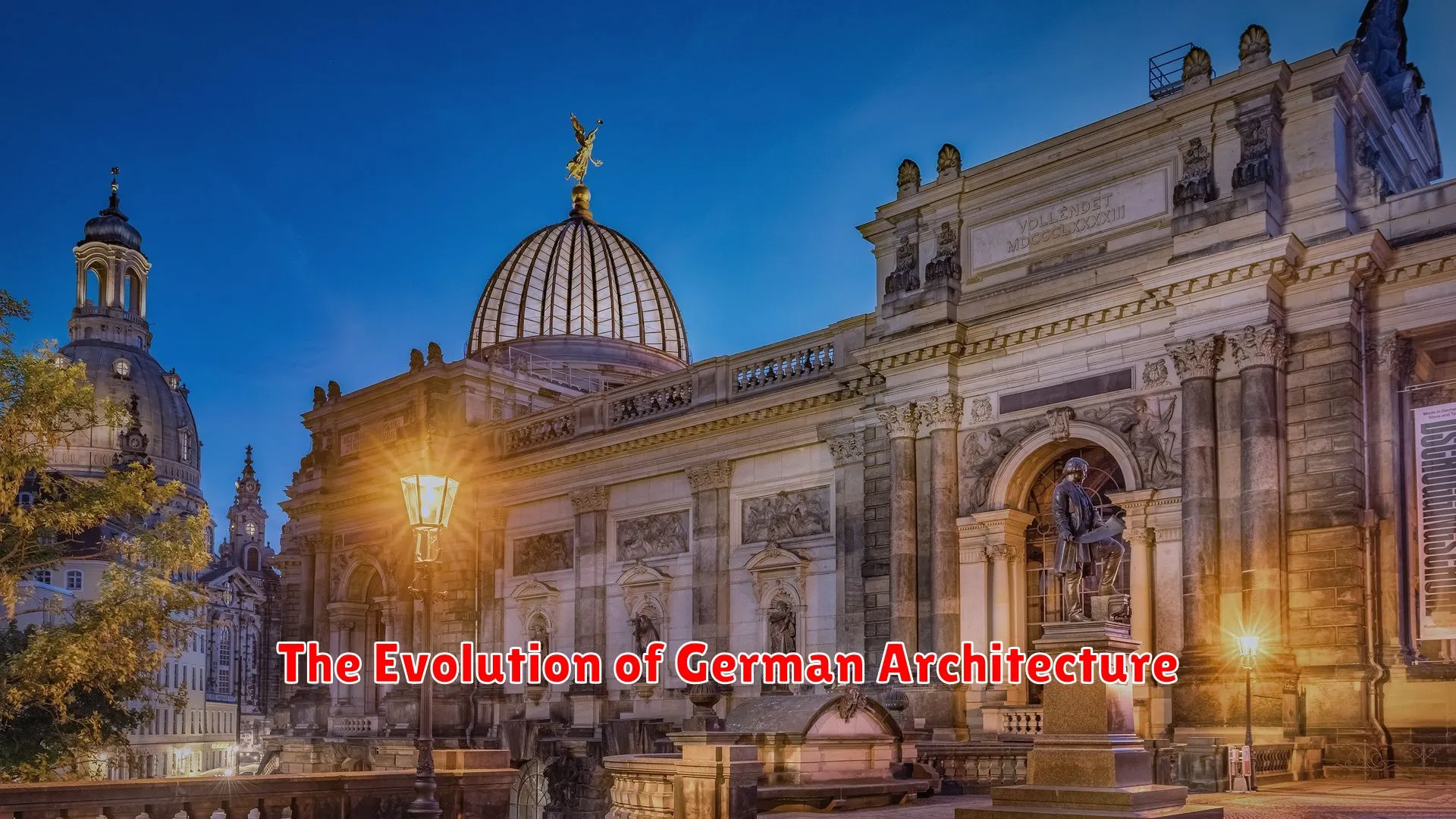
German architecture has a rich history marked by distinct periods that have contributed to its diverse and unique style. From the medieval castles to the modern skyscrapers, Germany’s architectural wonders showcase the evolution of design and construction techniques over the centuries.
The Romanesque and Gothic styles dominated German architecture during the Middle Ages, characterized by grand cathedrals like Cologne Cathedral and Regensburg Cathedral. These buildings showcased intricate ornamentation and towering spires that reflected the religious fervor of the time.
The Renaissance period introduced a more classical style influenced by Italian architecture, seen in buildings like Charlottenburg Palace in Berlin. This era emphasized symmetry, proportion, and harmony, bringing a new aesthetic to German design.
The Baroque and Rococo styles flourished in the 17th and 18th centuries, with elaborate decorations and ornate details seen in buildings such as Würzburg Residence and Sanssouci Palace. These architectural marvels demonstrated a shift towards opulence and grandeur.
The 19th century witnessed the rise of Neoclassical and Romantic architecture in Germany, with structures like Brandenburg Gate in Berlin exemplifying the revival of ancient Greek and Roman design elements. This period marked a return to classical ideals and a focus on national identity.
The 20th century brought a wave of modernism and innovation to German architecture, with the Bauhaus movement leading the way in functional, minimalist design. Iconic structures such as the Bauhaus Dessau and the Frankfurt Kitchen showcased a departure from ornate styles towards simplicity and efficiency.
Today, German architecture continues to evolve, blending traditional elements with contemporary trends. From sustainable green buildings to cutting-edge skyscrapers like the Commerzbank Tower in Frankfurt, Germany’s architectural landscape reflects a dynamic fusion of past and present influences.
Conclusion
In conclusion, Germany’s architectural wonders provide a captivating journey through history, showcasing a rich tapestry of styles and periods that continue to mesmerize visitors worldwide.
